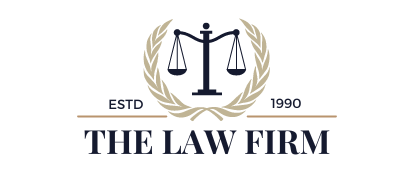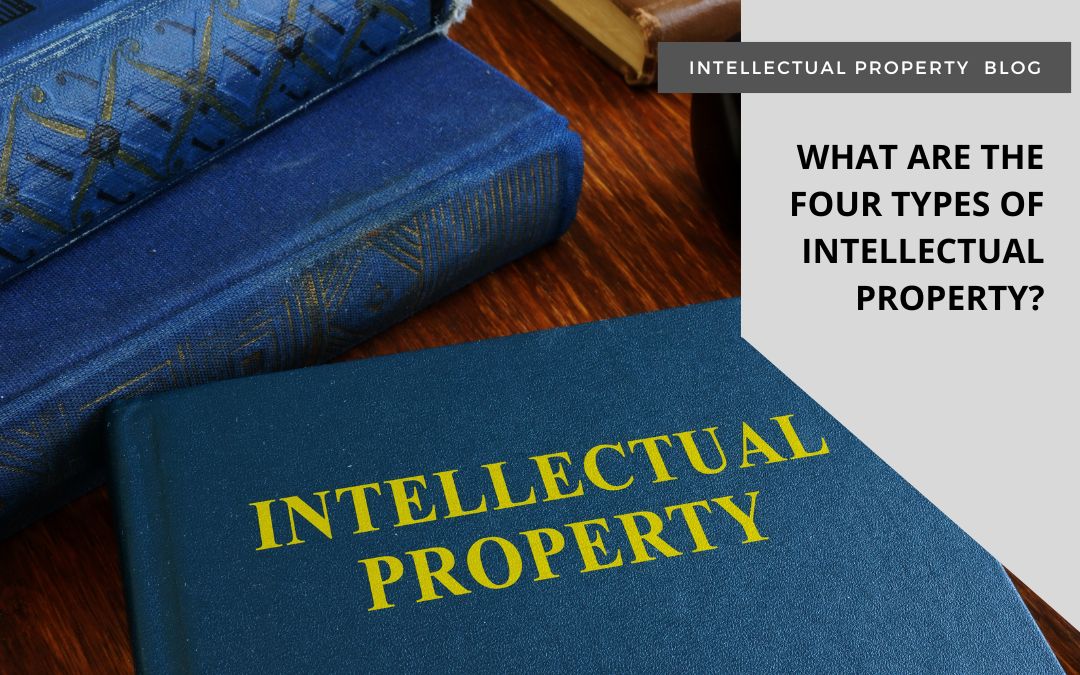In the United States, there are four main types of intellectual property. Governance ranges from federal law to state law, and in some cases, both apply.
Patents
Patents are limited-time protections granted by the federal government to inventors. In exchange for sharing how to create and work their invention, the inventor receives a monopoly on creating the invention for a set number of years. Patents are obtained by filing an application that is reviewed and approved by the United States Patent and Trademark Office.
Copyrights
Copyrights are also regulated by federal law. Commonly thought of as laws designed to protect authors, the actual definition is broad and covers “creators” of original “expressions” such as songs, films, computer programs, films, digital media, and more. A copyright exists as soon as the creation is shared in a tangible form (like publishing an article), and it protects the creator’s exclusive right to publish, distribute, and sell the creation. Creations can be formally protected by filing a copyright with the United States Copyright Office.
Trademarks
Trademarks can be regulated by state and federal law. While the term “trademark” is most commonly used, according to the United States Patent & Trademark Office, a trademark is used for goods, while a service mark is used for services. A mark can be any word, phrase, symbol, design, or combination of these things that identifies an entity’s goods or services. It’s how customers recognize them in the marketplace and distinguish them from competitors. Think of the famous McDonald’s Golden Arches or Nike’s “swish” mark.
Trade Secrets
Trade Secrets refer to confidential information on how a company creates, produces, or distributes a product or specialized service. Trade secrets are not registered with any government agency; instead, individuals or companies are responsible for safeguarding the secret. This often involves confidentiality, non-disclosure agreements, and various degrees of security. Think of the famous Coca-Cola recipe that has been kept a secret for over 130 years.


